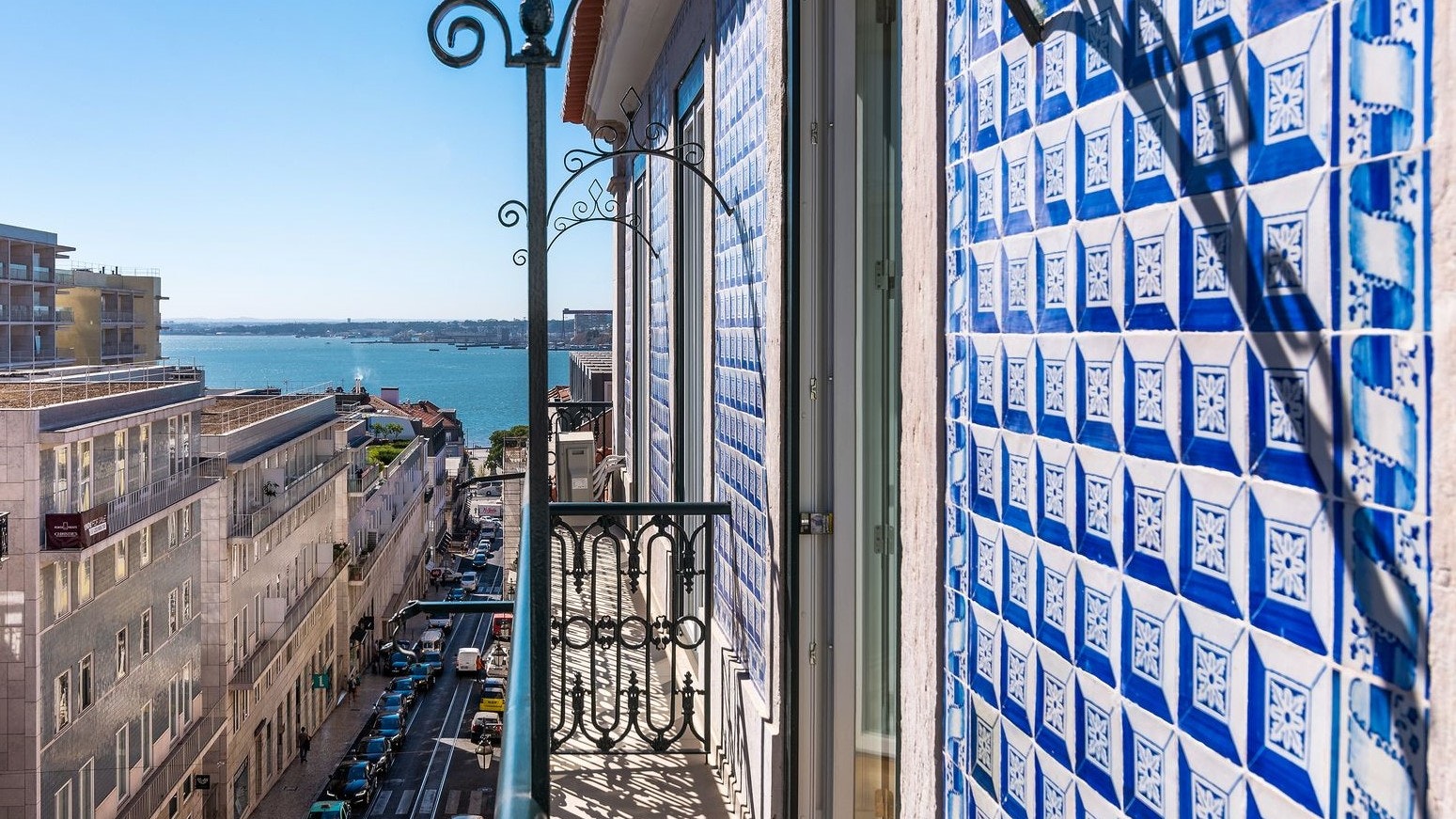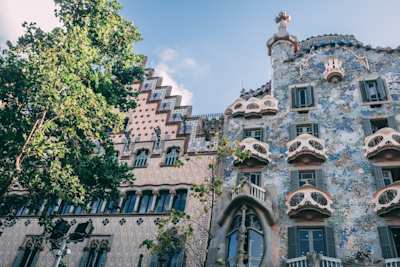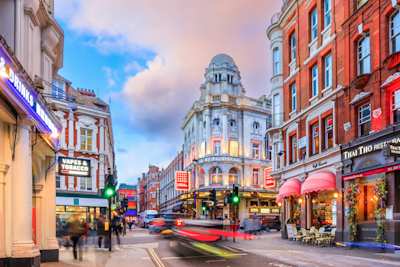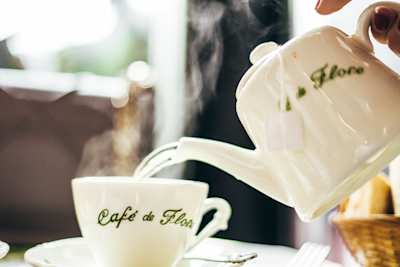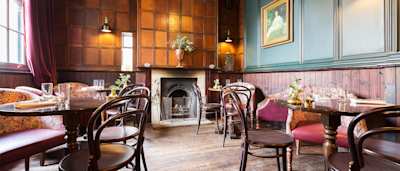Things to Do in Alfama, Lisbon's Historic Heart
This centrally located and historic neighbourhood has some of the city’s best views over the city and the Tagus as well as plenty to see and do.
~
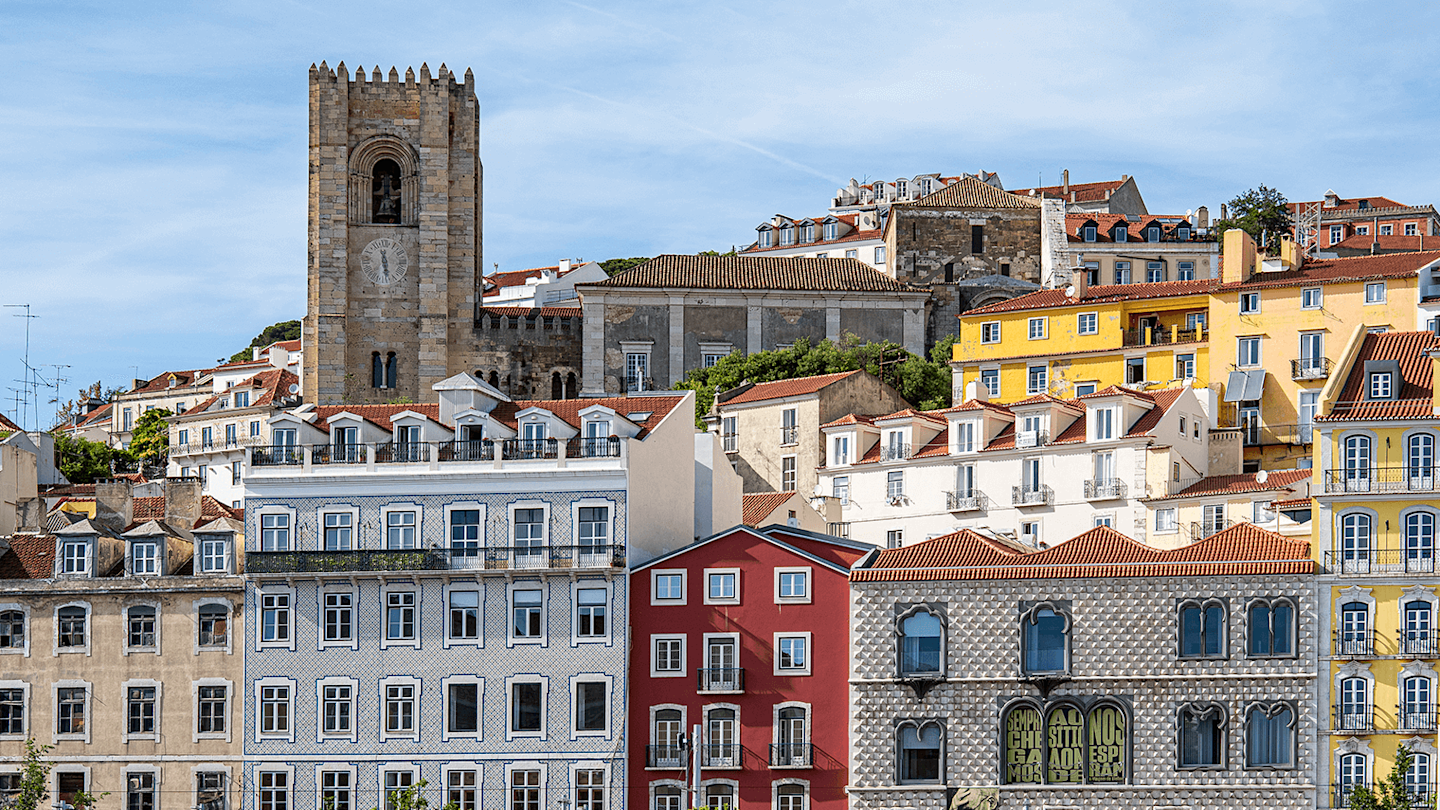
Alfama, derived from the Arabic ‘Al-hamma’, meaning baths or fountains, is one of the oldest parts of Lisbon as well as one of the oldest settlements in Europe. Originally located outside the city walls it was a once an area of poverty and squalor. Today its fortunes have changed and its streets are filled with restaurants and small artisan shops. Despite the transformation, the neighbourhood has managed to hang on to a relaxed, understated charm that makes it both a welcoming and enjoyable place to visit or stay.
Getting to know Alfama means getting lost. Fortunately, its charming labyrinthine streets, alleys bedecked with colourful drying clothes, flower-laden doorways and fado music drifting from open windows make that very easy. There are plenty of things to do in Alfama, but doing very little and simply enjoying the neighbourhood is one of the best ways to pass time. Sounds good to us...
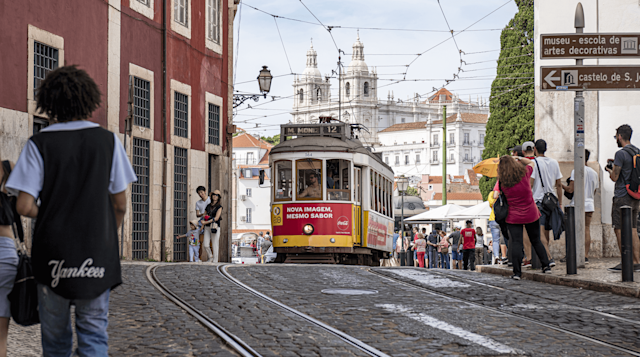
When to visit
Because there are always things happening in the neighbourhood, visiting at any time of the year is a joy. However, if you’re looking for a particularly special experience come during mid-June. During the Popular Saints Festivals (June 12th and 13th) the locals celebrate Saint Anthony – or Santo António in Portuguese – the streets of Alfama are decorated with an array of colours and fill with the smell of basil (given as a gift to loved ones) and grilled fish. The welcoming local community come together to party with taverns opening onto the streets selling sardines and Bafina (a particularly delicious form of pork sandwich). Catching this festival is one of our favourite things to in Alfama (in Lisbon as a whole, actually).
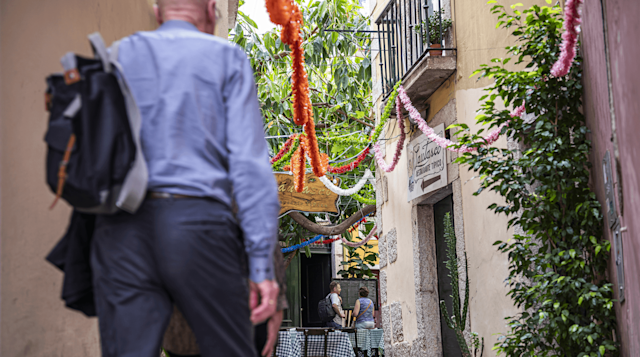
What to do
As we've mentioned, just seeing the neighbourhood is in itself a great experience. To facilitate that and save your legs, Trams 12 and 28 are very useful and, of course, very popular. Their classic design, small proportions and distinctive yellow colour have made them something of an (Instagrammable) icon in the city. Both routes cross Alfama as well as other neighbourhoods and run about four or five times an hour. For anyone in Lisbon with kids, safe to say they'll love a journey in one. If that doesn’t appeal, tuk-tuk tours and electric bikes are good sightseeing options if the uphill gradients look too challenging on foot.

In addition to soaking up the atmosphere along the charming streets of the neighbourhood, there are some great things to do in Alfama, Lisbon's heart and soul. Music lovers should head to the Fado Museum which, alongside other interesting exhibits and curiosities, traces the origins of the musical form and documents how it became embedded in Portuguese society. Those who like decoration and design might prefer the Museum of Decorative Arts. Located in an 18th-century palace it features a collection of paintings, furniture, jewellery, porcelain, tiles and tapestry from the 17th to the 20th century (which wouldn't look out of place in a Plum Guide home, come to think of it). Lisbon Cathedral is one of the most iconic buildings in the city and its oldest church. Built in the second half of the 12th century, it has been extended and repaired following numerous earthquakes and now represents a mixture of architectural styles. Do not miss the organ in the Chapel Mor which was built by Dutch company Flentrop in 1964.

Further up the hill from the cathedral you’ll find the Castle of St. George. Built by the Moors in the 11th century, it’s strategic positioning now allows panoramic views of the city. It’s current feathered inhabitants, an ostentation of peacocks (yes, that really is the collective noun), are good for photo ops too. If the castle and cathedral don’t quite satisfy your thirst for history (you fussy thing), head to The Museum of Lisbon. It is constructed around the Olisippo Roman Theater that was originally built on the site in the 1st century AD, probably in the time of Augustus.
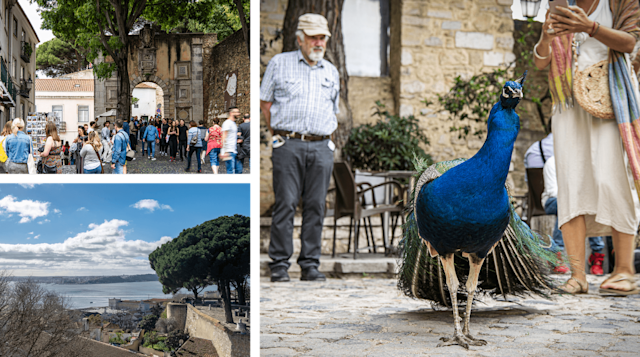
Where to eat
Much like the food scene in Lisbon as a whole, Alfama is full of good restaurants, from the traditional to the high end. One must-visit is Audrey’s at Hotel Santiago de Alfama. They serve one of the most delicious brunches in town, or, if it’s later in the day, a cheese board and good fresh sangria. Fado music was made for the night there are plenty of places to hear it in Alfama. Filled with emotion and sadness, fado could make the stones of the sidewalk cry. It’s difficult not to be moved by the trembling voice of the fadista who sings it. For a good meal accompanied by some equally good fado, visit O Baiuca...but remember to book in advance. If you are looking for something a little trendier, Boi Cavalo is the one for you. Chef Hugo Brito is renowned in Portuguese cuisine and serves up a multitude of dishes inspired by traditional Portuguese cuisine and every one of them is delicious.
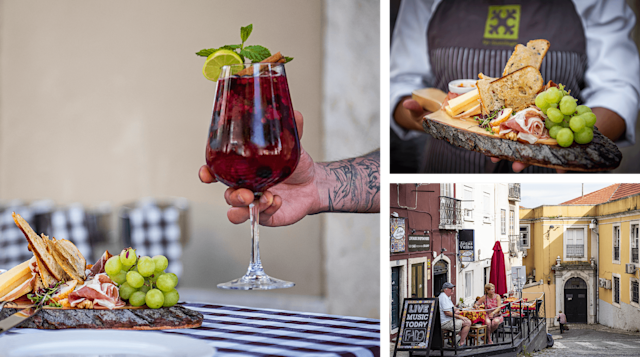
Drink this
It would be foolish not to stop by Tasquinha Ginja D'Alfama and ask for a ‘ginjinha com elas’ at some point in your trip. Ginjinha, or simply ginja, is a liqueur made by infusing sour cherries in alcohol and is something of a tradition in the city. From afternoon to sunset, the Portas do Sol Viewpoint is a good place to enjoy the view and a good craft beer or cocktail. The Memmo Alfama is another popular spot, but in our opinion, Chapitô, a few streets away, has the edge on it. While the views from the terrace are spectacular, it also operates as a circus arts school, so you may be lucky enough to see a live performance by the students as well as close the day overlooking the Tagus River, Ponte 25 de Abril and Cristo Rei. If you hear the night calling, set your sights on the LUX nightclub. Known for an irreverent, modern and elegant mood, LUX plays electronic dance music into the early hours through its Funktion-One sound system. If you see a bear on your visit don't be alarmed ...it’s just part of the decoration. But if your dancing days are behind you, or if that just isn’t your idea of fun (we can relate) there are plenty of places where you can buy quality wine to take back to your Plum home in Alfama. In which case, look no further than Garrafeira da Sé, founded in 1927 and located on Rua de São João da Praça. Not only is it a beautiful place to visit, but you can also try before you buy.
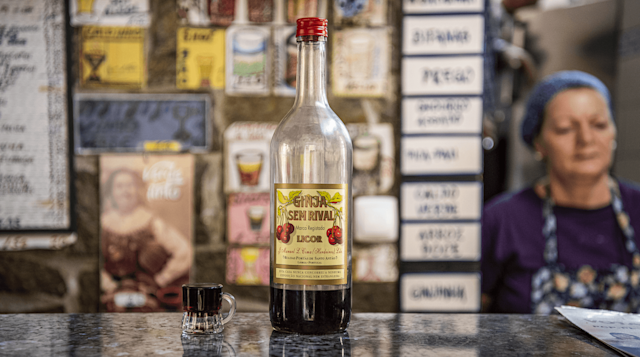
Other things in the area
Lisbon is famous for its old, tile-covered buildings – they're everywhere. A little time spent admiring them will tell you a lot about the city’s past and its culture.

Although full of tourists (eye roll), Santa Luzia's viewpoint is one of the most beautiful in the area. So, when it comes to things to do in Alfama, a Lisbon snapshot from Santa Luzia can't be missed. People often gather here to listen to music or paint views of the city.
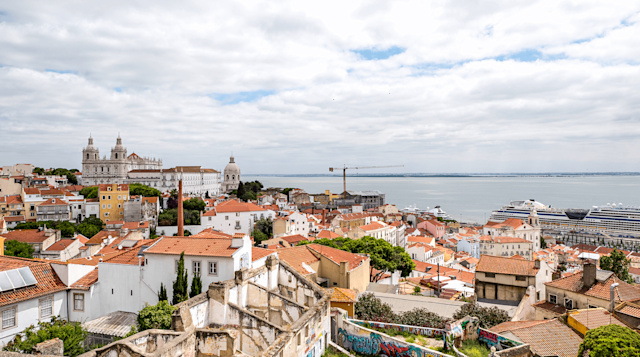
It’s against Portuguese law (well, it isn't, but we say it should be) not to visit the shops of Portuguese designers in Alfama and see the Calçada da Amália, a creation of the artist Vhills in honour of the fado singer Amália Rodrigues. Last but not least, for lovers of literature, a visit to the José Saramago Foundation (Nobel Prize for Literature winner, 1998) within Casa dos Bicos, is a worthwhile thing to do in Alfama, Lisbon's literary centre. It has a small permanent exhibition dedicated to the author as well as a calendar of events.



